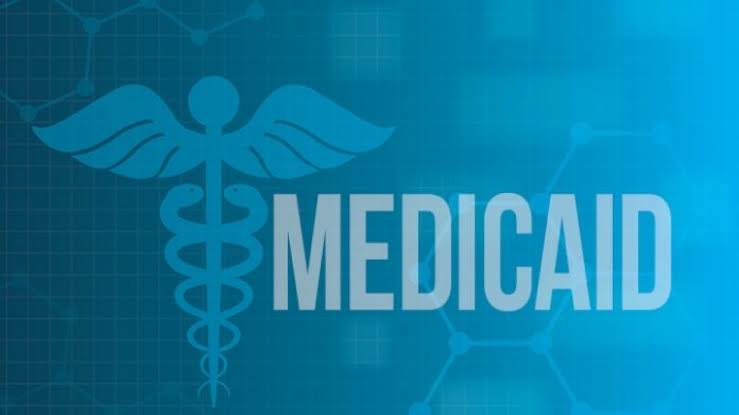Mental health: Hospitalizations for paediatric mental health rose 61%, according to a new report.
Mental health -Many parents and children may be appreciative of the return to a reasonably normal school year after more than two years of the Covid-19 outbreak…

Main highlights:
- The considerable growth rate of pediatric mental health services.
- The different hospitalization ratios for commercial services and public services.
Many parents and children may be appreciative of the return to a reasonably normal school year after more than two years of the Covid-19 outbreak. However, that feeling of normalcy returning could be concealing serious distress among American children.
 Source: Google Images
Source: Google Images
A new study by the Clarify Health Institute, published earlier this month, examined health insurance claims from more than 20 million kids nationwide between the ages of 1 and 19. Between 2016 and 2021, the investigation discovered considerable growth in the use of mental health services. Prior to the pandemic, usage was rising, but it increased significantly during the public health emergency.
According to Niall Brennan, chief analytics and privacy officer of Clarify Health, “Social media, two and a half years of pandemic life, existential dread surrounding climate change, and political turmoil in the U.S. have created a perfect storm for mental health concerns to arise.”
The demand for acute mental health care has dramatically increased as a result of this perfect storm. Hospital admissions for children under the age of 19 rose 61% between 2016 and 2021, from 30 per 1,000 patients annually to 48 per 1,000.
The diagnoses causing the rise in hospitalizations may be related to gender disparities. In particular, common mental health diseases including anxiety, depression, and associated disorders, as well as all other mental and behavioural health categories, exhibited increases in acute care, according to Brennan’s data. However, he noted that the hospitalisation of patients with eating and nutrition disorders—conditions more likely to impact females than boys—saw the quickest growth.
Significant geographical variations in the rates of growth in paediatric mental health hospitalizations were also discovered by the investigation. While hospitalizations rose across the country, they rose highest in the mid-Atlantic and New England, with increases of 137% and 100%, respectively. The lowest increase of any region was seen in the West North Central region, where mental health hospitalizations rose by 27%.
Parents should be seriously concerned about the rise in severe mental health crises, according to Brennan, and so should their employers, elected officials, and other community leaders.
The uneven data between health insurance programmes
The investigation discovered variations in the use of mental health services according to health insurance coverage. Children with commercial health insurance experienced a hospitalisation rate that doubled, whereas children enrolled in Medicaid, a publicly financed health insurance programme for those with lower incomes, saw a 40% increase.
Children with private insurance visited the emergency department half as often as those with Medicaid. Children with Medicaid experienced a 20% rise in emergency room visits, but children with private insurance experienced a 10% drop.
According to Brennan, the Clarify Health team was taken aback by these results.
The general inability to incorporate behavioural health into the primary care and school-based supports provided to these children, as well as the lack of sufficient numbers of mental health specialists accepting Medicaid patients, he added, were both indicated by this.
Between 2016 and 2021, the overall uptake of outpatient mental health treatments increased by barely 5%, with significant drops in usage in 2020 due to the pandemic. However, the rates of outpatient treatment use varied significantly depending on the type of health insurance. Children with private insurance experienced a nearly a third increase in mental health office visits and outpatient care, while Medicaid-eligible children experienced a 2% reduction.
The Medicaid figures for children point to a concerning pattern. There may not be enough paediatric mental health physicians that accept Medicaid to treat all children who need mental health care, as evidenced by a rise in emergency room visits and a decline in office visits.
Medicaid alone is not the only programme with a shortage of mental health professionals, especially given the pandemic’s soaring need for such services.
 Source: Google Images
Source: Google Images
According to Dale Cook, cofounder and CEO of Learn to Live, a digital mental health company, “the country was already in the grips of a significant mental health crisis well before the epidemic took hold.” Over 150 million Americans experience a variety of mental and behavioural health problems every year, but just one in four seek help, according to compelling research.
That amounts to well over 100 million “silent sufferers”—people who require therapy or who would significantly benefit from it but who are unable to get it owing to stigma, accessibility issues, high prices, or other reasons. This enormous demand has only grown as a result of the pandemic.
Brennan advises that parents, mental health practitioners, and community members should be mindful of shifting environmental elements that may increase mental health difficulties for teens because so many young people are afflicted by mental health challenges, many of which start in high school.
Given the rising incidence of acute care events, he said, “health educators, including parents themselves, may need to devise initiatives to teach teenagers early about mental health risks.”








